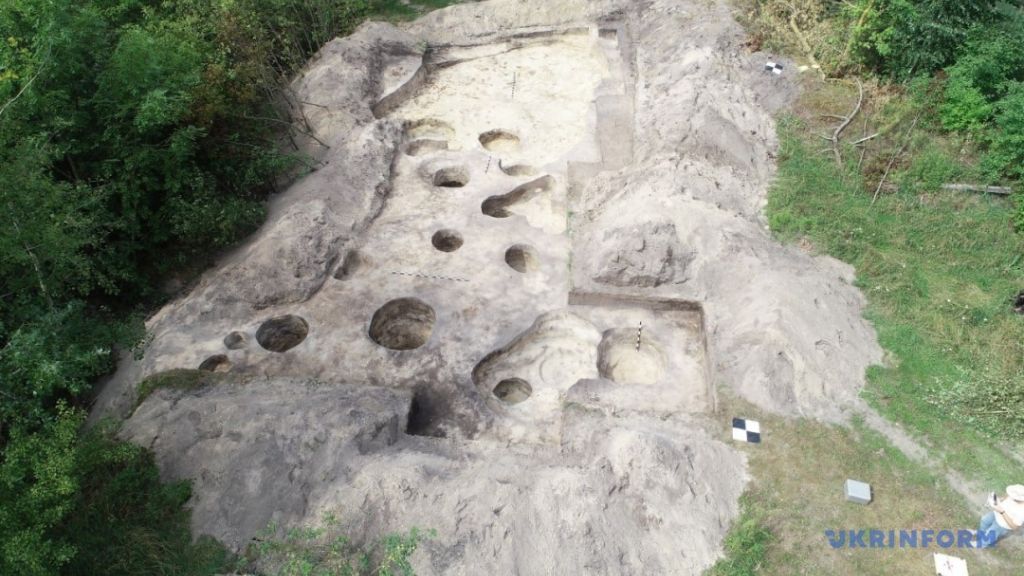Scythian arrowheads and Bronze Age dwelling uncovered in Ukraine
By Nicoletta Lanese published about 24 hours ago
The artifacts date to the fifth and sixth centuries B.C.

Photo of an archaeological site in Ukraine that dates to the Scythian period; the outline of a structure can be seen in stone with several indentations in the floor
(Image credit: Ukrinform)
Archaeologists in Ukraine recently uncovered a glut of arrowheads, spinning wheels and ceramic fragments that date to the late sixth century and early fifth century B.C., a time when Scythian nomads, renowned for their skill as mounted archers, occupied the area.
The Scythians were a culturally related group of nomadic tribes that occupied large regions of grassland between China and the northern coast of the Black Sea from about 800 B.C. to 300 A.D. The fifth-century B.C. Greek historian Herodotus claimed that all Scythians descended from the hero Heracles and a creature that was half-woman and half-snake, with whom Heracles had a son named Scythes. However, modern archaeological and genetic analyses suggest that the Scythians actually emerged from various Siberian, East Asian and Yamnaya Eurasian groups, and that the tribes were ethnically diverse.
Remnants of Scythian culture can be found at the Bilsk Historical and Cultural Reserve near the village of Bilsk in the Poltava province of central Ukraine. There, between the rivers Vorskla and Sukha Hrunia, lay the remains of a 12,300-acre (5,000 hectare) settlement from which a wealth of artifacts have been excavated in recent decades, according to Ukraїner(opens in new tab), a media project aimed at sharing cultural stories of Ukraine.
Human-made earthen ramparts can still be found at the fortified settlement, which many scholars associate with the ancient city of Gelonus, an important trading hub that Herodotus described in his writings.
More:
https://www.livescience.com/scythian-artifacts-found-ukraine
